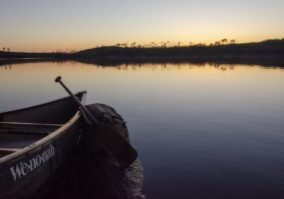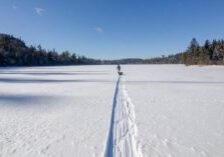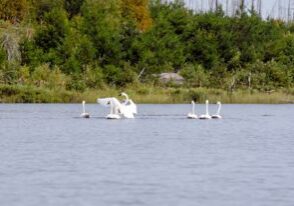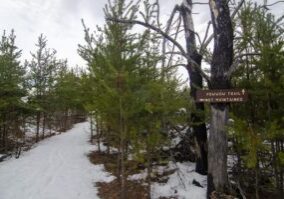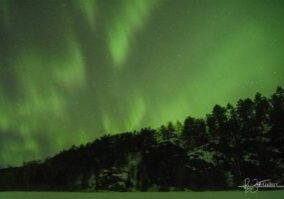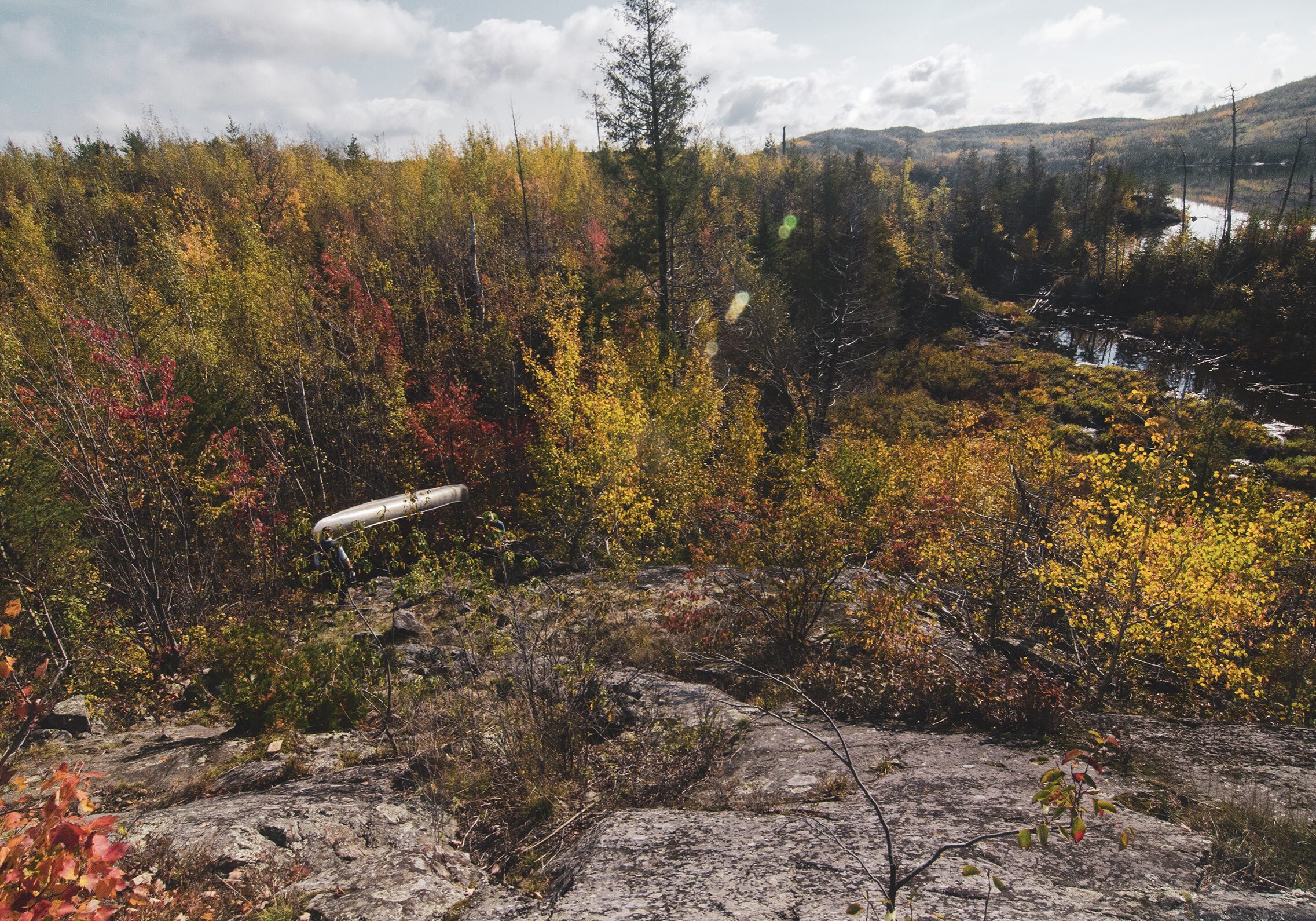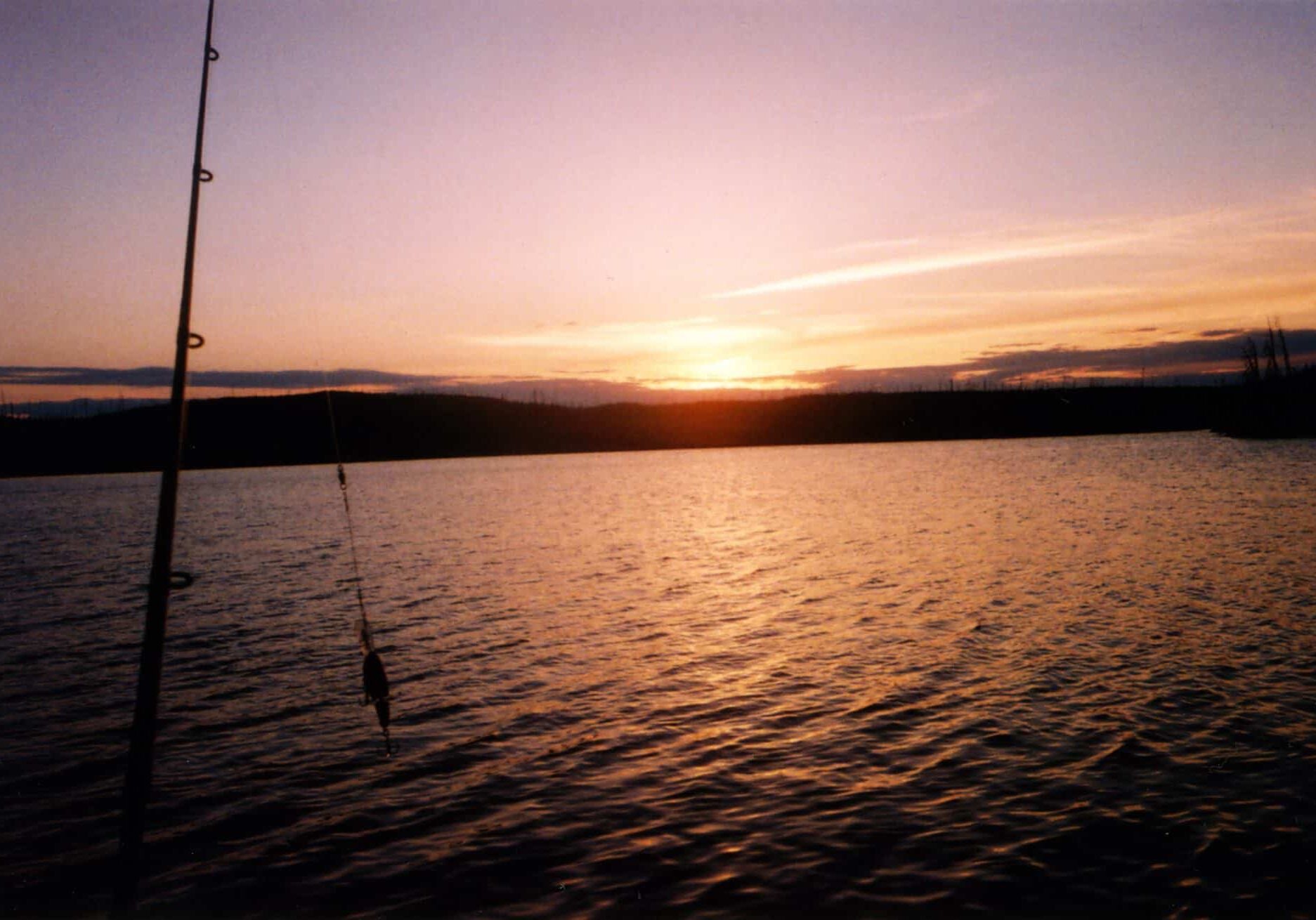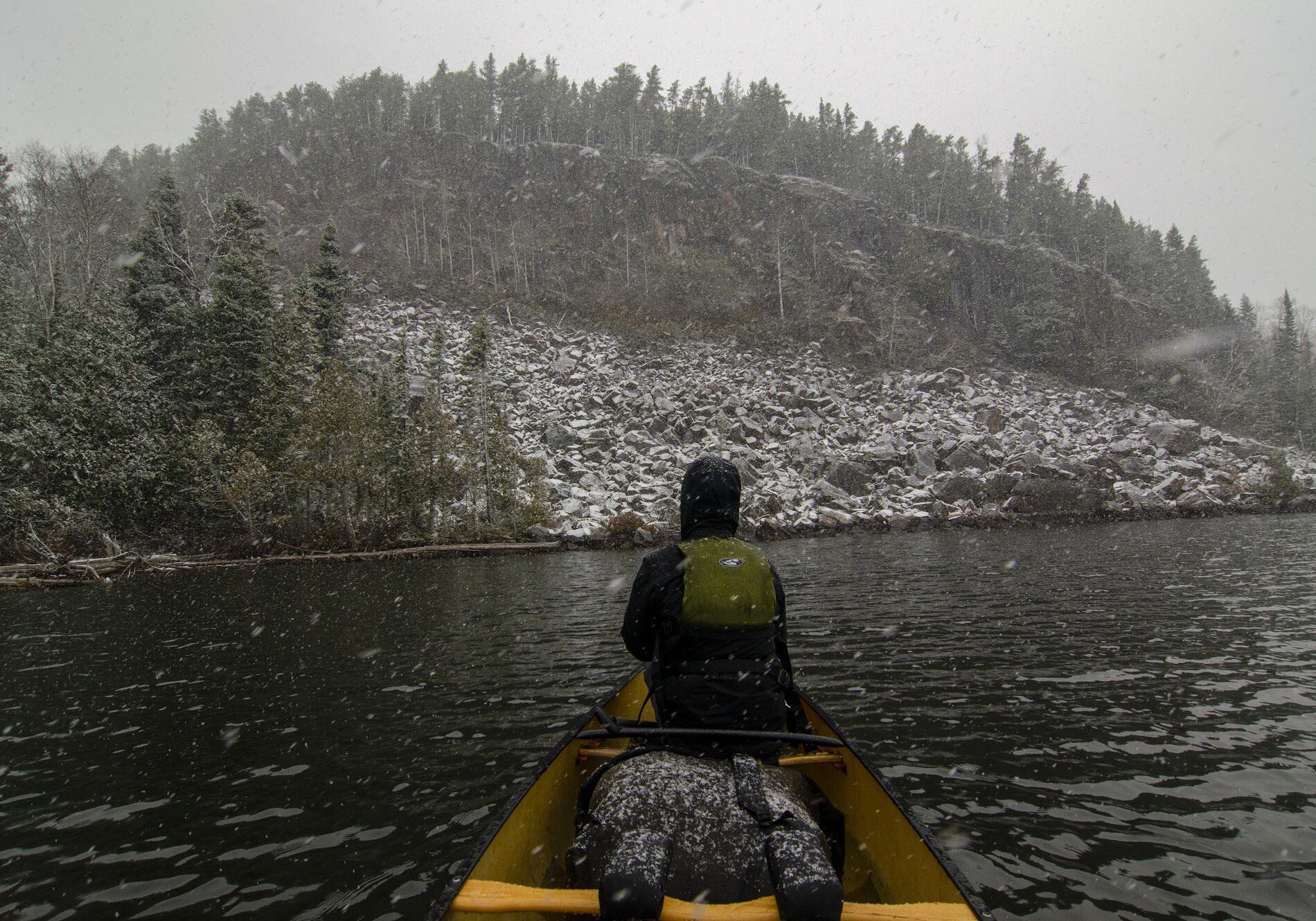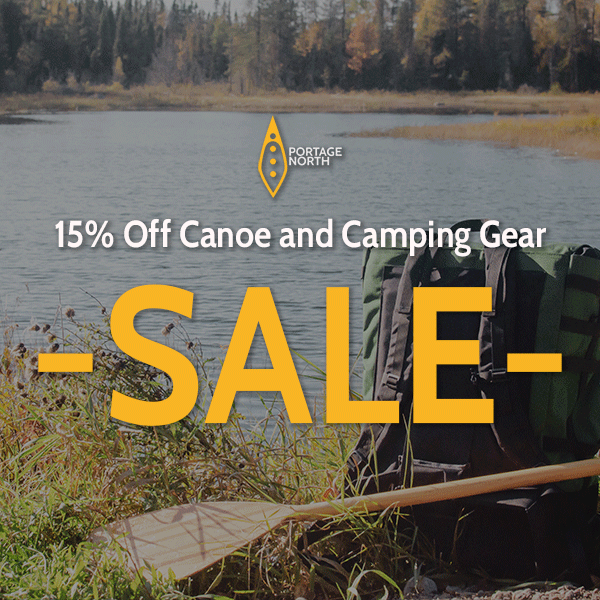
Kekekabic Lookout
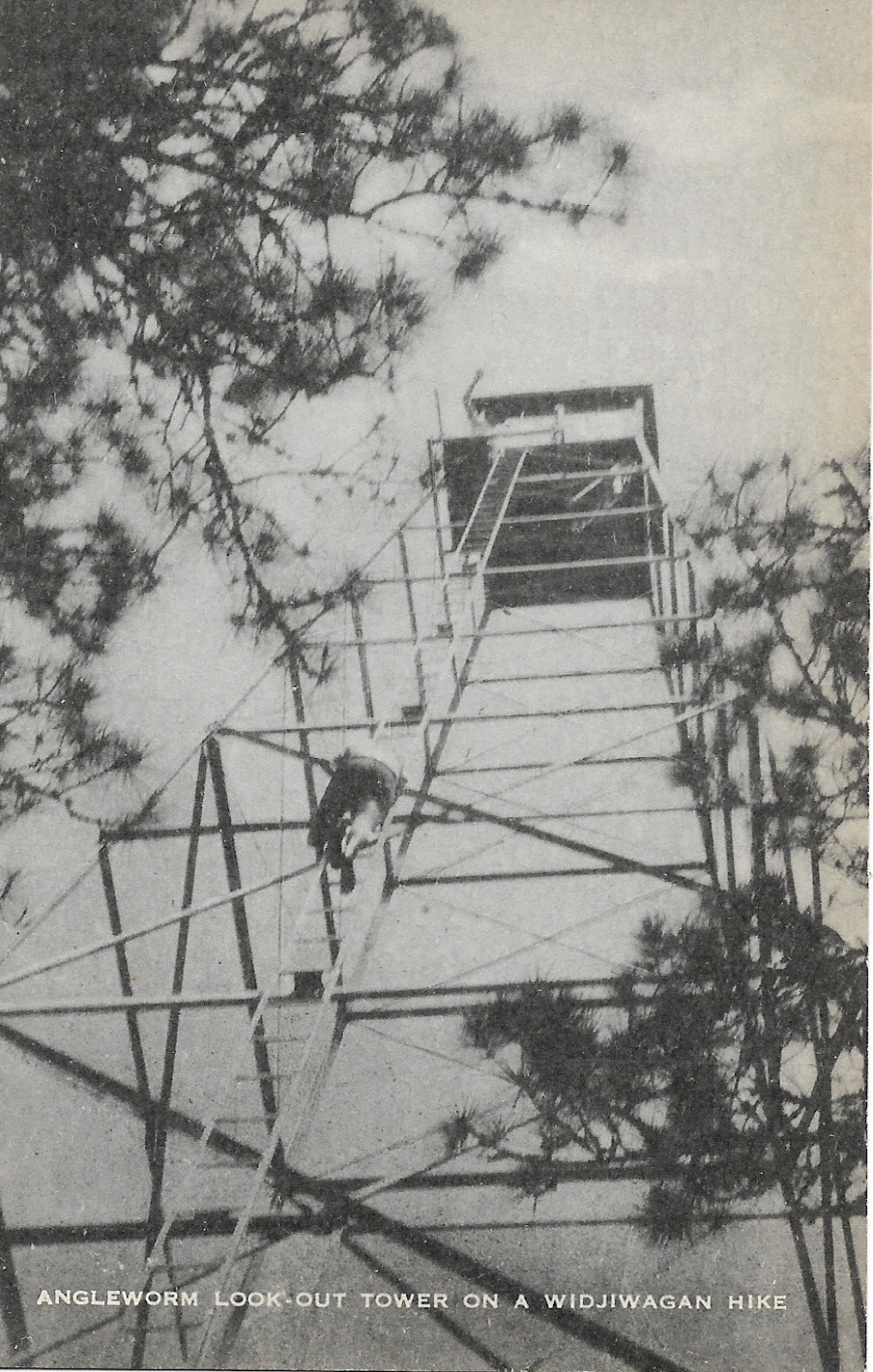
Angleworm Lookout
Slim: Unlike Angleworm or Kekekabic, other towers have very little impact on the average recreationalist, but their history is equally fascinating. When most of us think of fire towers, we imagine these soaring steel structures with a small, enclosed cab on top, and many of our local towers were built this way during the CCC era. These towers were actually just the newest generation in a series of towers with some made of steel and others which stood on timbers. The Slim Tower was a graceful if not rudimentary structure with a small “crows nest” type platform perched atop of a slender steel tower. This old tower was made obsolete by larger towers built during the CCC era and, as such, little remains of it. But, as with most manmade structures, a few remnants may be found such as footings and some cabling. And today as folks drive down Van Vac Rd to enter at Slim Lake or explore the north arm ski trails, they pass by this now-empty hill where rangers once dutifully kept watch.

Slim Lake Lookout
In these stories of the old fire towers, though the forest is quickly reclaiming its own, we are reminded that this land has a history. And even if the average canoe tripper or backpacker today is completely unaware of it, the signs and stories of the past are still there for the finding. It’s amazing how much our Boundary Waters experience was shaped by the fire tower and ranger cabin network so that even today, fifty years after the the towers began to close, we are still following the same trails and portages cut by the rangers who used them. This little glimpse of history is, itself, a reminder that in every portage and footpath here we follow in the footsteps of the past. Whether these trails were crossed by voyageurs or native peoples, by legendary figures whose names are familiar to us or people lost to history, in venturing here we share in a piece of their legacy. Think of them on your next canoe trip. You never know what stories lay hidden just around the corner.
Sign up for our newsletter to receive updates about new articles, great deals, and information about the activities you love and the gear that makes them possible:
Have You Read Our Other Content?
10 Tips and Tricks for Nightime Canoe Travel
The vast majority of BWCA visitors paddle and hike during daylight hours and for good reason. It’s safer, there’s more to see, and daylight travel aligns with normal sleep cycles. Night travel, on the other hand, provides a higher risk of getting lost while paddling; it’s also easier to fall and get hurt while portaging.…
The Best BWCA Entry Points for Every Winter Activity
With lake ice quickly becoming travelable, many of us are dreaming about where in the BWCA we’ll head this winter. Winter is a peculiar contrast to summer in this neck of the woods. A whole different gear set is required to travel and stay safe (more on that in future articles.) Accessibility becomes much harder…
Wildlife in Wildlands – A History of BWCA Wildlife
The Boundary Waters Canoe Area Wilderness, Superior National Forest, and Voyageurs National Park make up the largest wild landscape in Minnesota as well as being one of the largest wild spaces east of the Mississippi in the US. Combine that with wildlands directly across the border in Quetico Provincial Park and the surrounding crownlands, and…
How to Hike the BWCA this Fall
For those of us whose Boundary Waters trips don’t end with canoe season, Fall can be a challenging time to decide what activities to pursue. As the ice begins to line the outer edges of the lakes and canoeing becomes tougher, it’s just the perfect time of the year to hit the trails and backpack…
What’s Old is New Again on Chapman St. – Ely, MN
Summer is nearly upon us and the streets of Ely are bustling with canoeists, campers, and fishermen eager to enjoy their trips to the BWCA. Hopefully we’ll talk with many of them at Portage North and Sundog Sports in our new and improved retail space which we look to reopen sometime this June. And as…
The 12 Longest Portages in Canoe Country
The act of portaging between two waterways is usually, understandably, an intentionally short affair. Paddle to the closest point between two water bodies and then portage. This doesn’t make it easy or “type 1 fun” every time, but it’s the burden we bear for wilderness travel. Some portages stick with us whether they are steep…
From the Boundary Waters to Superior – How the Water Falls
The Boundary Waters are one of the premier destinations in Minnesota and across the Midwest, but, as far as water is concerned, the Boundary Waters are not the end of the journey, but the beginning. Most people enthusiastic about the Boundary Waters know that it is divided into two watersheds along an invisible line known…
Map Mondays – Week 7 – Larch Creek to Brule Lake
As part of our continuing series on the “route planning game,” we are creating routes using randomly selected entry points, exit points, and number of days to create unique and fun BWCA routes. Let’s check it out! Total Mileage: 52.5 milesNights: 6Paddle Distance: 42.8 milesPortage Distance: 9.7 miles Day 1: Miles: 13.6Target Campsite: Saganaga Lake,…

